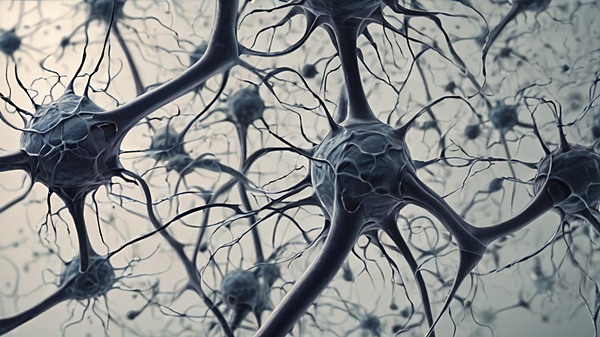Mahaveer Sanglikar
Motivator and Mentor
8149128895
Affirmations are more than just positive statements. They tap into the science of neuroplasticity, the brain’s ability to reorganize itself and form new neural connections throughout life. When we repeat them, we are essentially rewiring our brain, challenging existing neural pathways associated with negativity and replacing them with pathways that promote positivity and self-belief.
Neuroplasticity and Affirmative Words
The brain is a complex organ with billions of neurons communicating through synapses. Neuroplasticity allows these neural connections to adapt and change based on our experiences and thoughts.
Affirmative words and sentences, through consistent repetition, play a significant role in this process.
When you repeatedly recite them, you stimulate the brain’s reward centers, releasing feel-good neurotransmitters like dopamine. This positive reinforcement strengthens the neural pathways associated with the affirmations and makes it easier for your brain to default to positive thoughts rather than negative ones.

Reticular Activating System (RAS)
The Reticular Activating System is a part of the brain responsible for filtering and prioritizing information. Affirmations can influence the RAS by signaling that certain thoughts and beliefs are important to you. As a result, your brain becomes more attuned to information and opportunities that align with your affirmations, creating a self-fulfilling prophecy.
For instance, if your affirmative sentence is “I am successful,” your RAS will be more likely to notice and focus on opportunities for success, leading to a heightened awareness of possibilities that may have been overlooked in a negative mindset.
Emotional Impact
Affirmations are not merely about repeating words; they are about creating a deep emotional connection with positive statements. Emotions play a crucial role in memory and learning, and when they are coupled with strong positive emotions, they become more ingrained in the subconscious.
Using visualization techniques while reciting affirmative words and sentences enhances this emotional connection. Imagine the joy, fulfillment, and success associated with your affirmations. Engaging your senses and emotions in this way strengthens the neural pathways and reinforces the positive beliefs you are cultivating.
Beyond Positive Thinking: Affirmations and Behavioral Change
The power of affirmations extends beyond mere positive thinking; it can drive behavioral change. As your thoughts shift, so does your behavior. They create a foundation for constructive actions aligned with your goals.
For example, if your affirmative sentence is “I am disciplined and focused,” you are more likely to exhibit disciplined behavior in your daily activities. This behavioral alignment with your affirmations further reinforces the positive feedback loop, solidifying the connection between your thoughts, beliefs, and actions.
In conclusion, the effectiveness of affirmations is deeply rooted in neuroscience. By understanding how they impact neuroplasticity, the Reticular Activating System, emotional responses, and behavior, individuals can approach this practice with a greater appreciation for its transformative potential.
Affirmative words and sentences are not just optimistic expressions; they are a scientifically supported method for reshaping your mindset and ultimately, your life.

Some Examples
Related Articles TheyWon Articles
What are Affirmations? How do They Work, and How to Use Them?
20 Affirmations to Attract Success | Success Affirmations
20 Affirmations For Attracting Money | Money Affirmations
Other TheyWon Articles
Unlocking Prosperity: Clearing Money Blocks and Building Wealth
How to Overcome Procrastination
TheyWon Hindi (Online Magazine)
TheyWon Marathi (Online Magazine)
3 thoughts on “The Science Behind Affirmations: Understanding the Cognitive Shift”